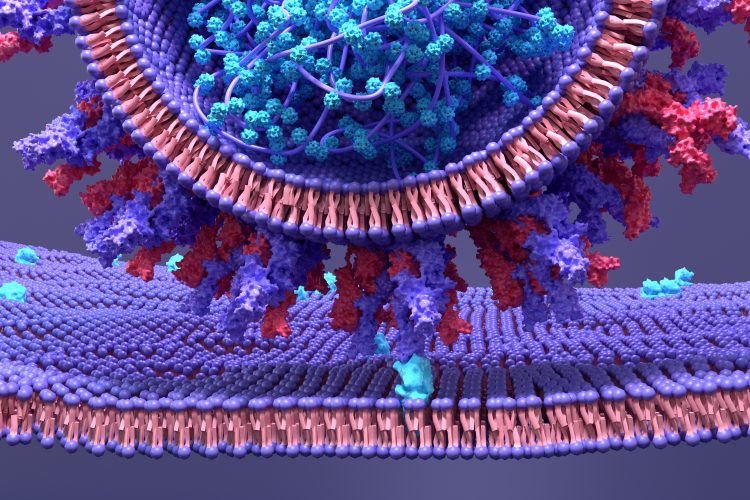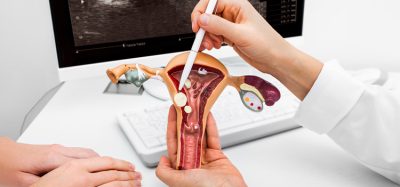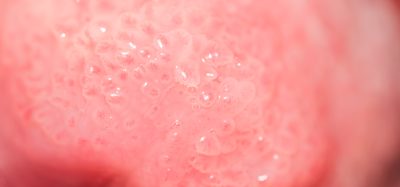Furin cleavage motif makes SARS-CoV-2 more aggressive than other CoVs, find scientists
Posted: 12 November 2020 | Hannah Balfour (Drug Target Review) | No comments yet
A specific furin cleavage motif on the SARS-CoV-2 Spike protein, not present on other coronaviruses (CoVs), could be targeted by novel COVID-19 therapies.


Researchers have identified a motif in the SARS-CoV-2 Spike (S) protein which acts as an activation sequence and therefore could be targeted by drugs combatting COVID-19 (the disease caused by SARS-CoV-2) in future.
In their study Professor Mart Loog, Mihkel Örd and Ilona Faustova from the University of Tartu (UT), Estonia, compared the cell entry mechanisms of SARS-CoV-2, the coronavirus that causes Severe Acute Respiratory Syndrome (SARS-CoV-1) and MERS-CoV (virus causing Middle Eastern respiratory syndrome). They focused on the S proteins, used by each of the viruses to interact with and initiate entry into human cells. On each of the viruses studied they consist of two subunits (S1 and S2), S1 recognises and binds to cellular receptors (eg, angiotensin converting enzyme 2 [ACE2]) on human cells susceptible to infection. Once bound, the furin protease in human cells cleaves off this receptor binding domain, leaving behind S2 (the fusion domain) which can then initiate membrane fusion, enabling the coronavirus to enter the cell.
“Many viruses use a similar logic; they have a receptor domain and a binding domain but use different enzymes of the host [to cleave them]. To some extent, this also affects the way the virus functions in the body. Different enzymes are expressed in different tissues. Furin is expressed throughout the human body, so the range of cells the virus can enter is enormous. We can suppose that this is why the virus is particularly aggressive,” explained Örd, a doctoral student in biomedical technology at the UT.
![Diagram showing where the furin protease cleavage motif is between the S1 (binding domain) and S2 (fusion domain) subunits of the SARS-CoV-2 Spike protein [Credit: University of Tartu].](https://www.drugtargetreview.com/wp-content/uploads/CoV-spike-furin-cleavage-750x348.jpg)
![Diagram showing where the furin protease cleavage motif is between the S1 (binding domain) and S2 (fusion domain) subunits of the SARS-CoV-2 Spike protein [Credit: University of Tartu].](https://www.drugtargetreview.com/wp-content/uploads/CoV-spike-furin-cleavage-750x348.jpg)
Diagram showing where the furin protease cleavage motif is between the S1 (binding domain) and S2 (fusion domain) subunits of the SARS-CoV-2 Spike protein [Credit: University of Tartu].
While comparing the sequence of the SARS-CoV-2 S protein to that of other coronaviruses soon after it emerged, the researchers observed that the SARS-CoV-2 protein had three potential cleavage motifs between the two subunits. When the virus began to spread they decided to study the different functions of these motifs and find out how they can affect the life cycle of the virus.
“We ordered DNA sequences of coronavirus, synthesised and separated the proteins from the cells, created mutations to detect furin-sensitive sites and to understand how phosphorylation affects them. There are more than one thousand amino acids in the S protein, but for this process, only one tiny part is important. We devoted our attention to that site and started to study it in more detail,” Örd said.
In their analysis, they found that one of these motifs (insertion [680SPRRAR↓SV687]) created a cleavage site for furin between the two subunits. Faustova commented: “What was surprising was how efficiently furin cleaved the SARS-CoV-2 spike protein motif. In comparison, we analysed the motifs in viruses causing MERS and SARS that are only slightly different: furin failed to cleave them. Another interesting finding was that the cleavage site was surrounded by two other motifs (serine residues) the phosphorylation of which completely inhibited furin cleavage of the spike protein. These findings provide new information about which processes may affect the life cycle of the virus and why the novel virus has been more successful than the previous two.”
She stated: “In our research, we have always been guided by the idea that the better we understand different molecular mechanisms, the more possibilities we have to intentionally affect or control them. Since the studied motifs are repeated in different proteins, their description allows making predictions about the tasks and regulation of many proteins.” Adding that studies have already confirmed that furin inhibitors can curb the replication of SARS-CoV-2 and may have a potential application in treating COVID-19.
The study was published in Scientific Reports.
Related topics
Analysis, Disease Research, Drug Targets, Enzymes, Protein, Proteomics
Related conditions
Coronavirus, Covid-19, Middle East Respiratory Syndrome (MERS), Severe Acute Respiratory Syndrome (SARS)
Related organisations
University of Tartu (UT)
Related people
Ilona Faustova, Mihkel Örd, Professor Mart Loog








